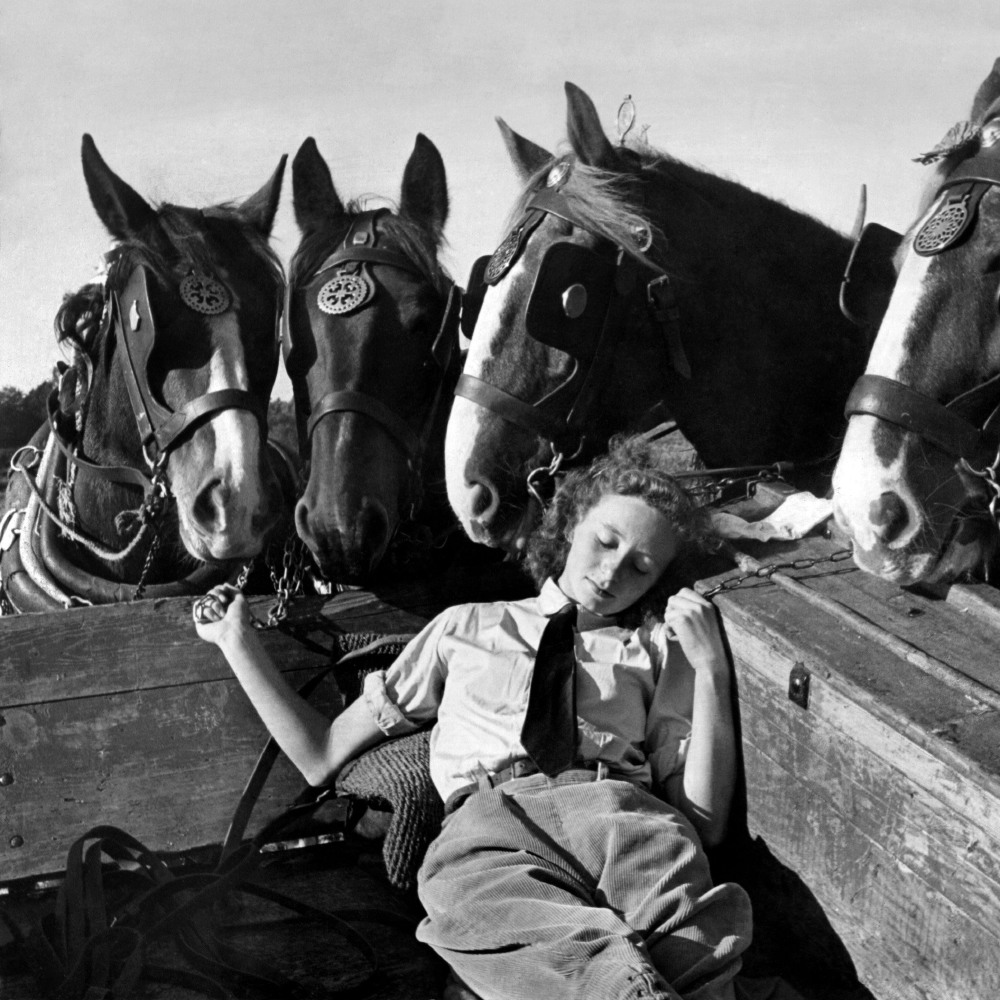Re-established in June 1939, months before the outbreak of WWII, the Women’s Land Army (WLA) filled the gap in the farming workforce that had been left vastly exposed during wartime preparation. At its peak it had more than 80,000 members, who worked closely with working horses to produce 70% of the country’s food.

A member of the Women's Land Army
International working animal charity SPANA (the Society for the Protection of Animals Abroad) is celebrating this landmark 80th anniversary and the heroic efforts of WLA members. They ask the public to remember the vital roles these women played during one of Britain’s most desperate times. What’s more, this June, the charity is calling for recognition of the key role played by more than half a million working horses in Britain during the conflict, which also acted as a supportive pillar to many women, who were only just becoming accustomed to their new rural lives.
During the war, working horses outnumbered tractors by 30 to one on British farms. And at a time when German U-Boats were sinking vast numbers of food ships bound for Britain, their role in producing huge amounts of food for the nation was all the more critical.
The ‘Land Girls’, who also tended to and looked after the horses used in the effort, were undoubtedly the unsung heroes of WWII, as they stepped into traditionally male roles and secured the food supply for a nation at war.
By the end of the war, there were still over half a million farm horses working across Britain. The Land Girls took part in the Victory Parade march the next year and the WLA was subsequently disbanded in 1950.

